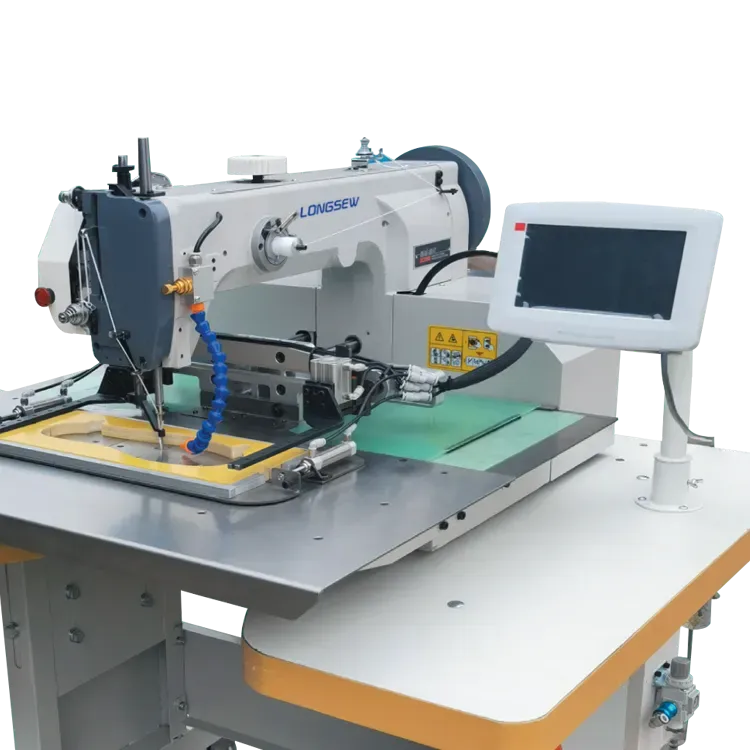sewing with heavy duty thread
Sewing with Heavy Duty Thread A Comprehensive Guide
Sewing is a craft that transcends generations, allowing individuals to create everything from clothing to home décor. One of the most critical choices a sewer can make is the type of thread used in their projects. While many sewers are familiar with standard threads, heavy duty thread offers distinct advantages for specific applications. This guide will explore the benefits of using heavy duty thread and provide tips for sewing with it effectively.
What is Heavy Duty Thread?
Heavy duty thread is a robust, thicker type of thread designed for durable stitches. It is typically made from polyester or nylon, making it resistant to wear and tear, water, and UV rays. This thread is perfect for projects that require extra strength, such as upholstery, outdoor gear, and heavy fabrics like denim or canvas. Whether you’re mending a tear in a sturdy jacket or crafting a rugged bag, heavy duty thread ensures your stitches can withstand the test of time.
Benefits of Using Heavy Duty Thread
1. Strength and Durability The foremost advantage of heavy duty thread is its strength. It can handle the weight of heavy fabrics without breaking, providing a reliable seam for high-stress areas, like pockets and zippers.
2. Reduced Fraying Heavy duty thread often has a smoother finish that reduces fraying. This is particularly important in projects that undergo a lot of movement or tension, ensuring seams stay intact no matter the wear.
3. Versatility While primarily used for heavy fabrics, heavy duty thread can be used on lighter materials as well. However, it is essential to adjust your sewing machine settings accordingly, such as changing the needle size to accommodate the thicker thread.
4. Enhanced Stitch Quality The thicker nature of heavy duty thread allows for bolder, more visible stitches that can add character to your projects. This is especially appreciated in decorative stitching where the thread's stature can contribute significantly to the overall look.
sewing with heavy duty thread

Tips for Sewing with Heavy Duty Thread
1. Choose the Right Needle When working with heavy duty thread, a larger needle size is crucial. Typically, a 90/14 or 100/16 needle works best, as these sizes are designed to accommodate thicker threads without getting damaged.
2. Adjust Tension Settings Heavy duty thread may require you to adjust the tension on your sewing machine. Test on a scrap piece of fabric first, ensuring that the upper and lower stitches are balanced and consistent without puckering.
3. Use a Larger Bobbin If your sewing machine allows, using a larger bobbin can help minimize interruptions. Heavy duty thread takes up more space, so a bigger bobbin means fewer times you’ll have to stop to replace it.
4. Consider the Fabric Pair heavy duty thread with fabrics that can support its weight. Heavier fabrics like denim, canvas, and upholstery are ideal. For lighter fabrics, consider using a heavier thread for certain components, like seams, while using regular thread for others.
5. Test Before Committing Always run a test stitch on a scrap piece of fabric. This will allow you to see how the thread interacts with your material, giving you the ability to make adjustments if necessary.
Conclusion
Sewing with heavy duty thread opens up a world of possibilities for creating durable and long-lasting items. Its strength makes it an ideal choice for a variety of projects, from clothing repair to crafting outdoor gear. By understanding the benefits and following the tips outlined above, you can master the art of sewing with heavy duty thread. Embrace this robust material to take your sewing projects to the next level, enhancing both their functionality and aesthetic appeal. Whether you’re a seasoned pro or just starting, incorporating heavy duty thread into your sewing toolkit is a game-changer.
-
Heavy Duty Leather Sewing Machine: A Must-Have for Professional LeatherworkNewsMay.28,2025
-
Leather Sewing Machine: Essential for High-Quality LeathercraftNewsMay.28,2025
-
Extra Heavy Duty Sewing Machine for Premium Leather ApplicationsNewsMay.28,2025
-
Walking Foot Cylinder Arm Sewing Machine: Precision and Power CombinedNewsMay.28,2025
-
Industrial Cylinder Arm Sewing Machine: Engineered for High-Performance StitchingNewsMay.28,2025
-
Cylinder Bed Sewing Machine: A Powerful Solution for Precision StitchingNewsMay.28,2025
-
Zigzag Sewing MachineNewsMay.12,2025





























